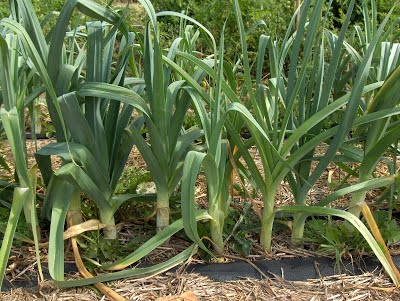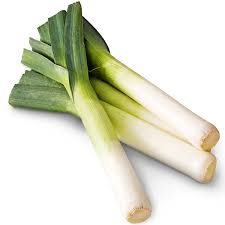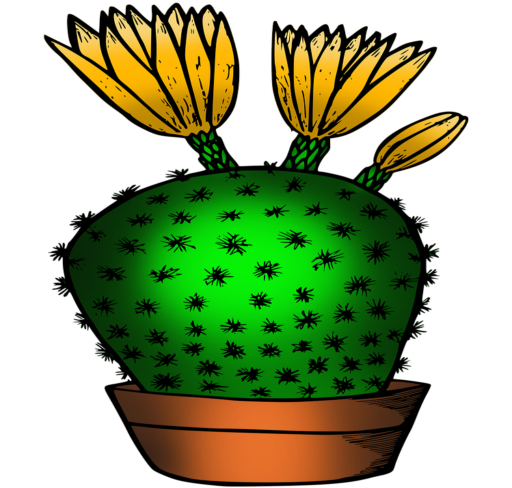How to Plant Leeks
Sow Leeks in early too late spring for a fall crop.
Choose a location with loose, well-drained soil in full sun where you did not plant members of the onion family the previous year.
Work organic matter into your soil at least 6-8 inches deep, removing stones, then level and smooth.
Sow seeds ¼ inch deep in rows 18 inches apart.
Firm lightly and keep evenly moist.
Seeds emerge in 14-21 days.
Thin to 6 inches apart when seedlings are 1-2 inches high.
Leek Seeds – Early Giant, Vegetable Seeds,…
Grow Open Pollinated Leeks – Early Giant Leek Seeds: Known for its consistent size and … [More]
How to Grow Leeks
Keep weeds under control during the growing season. Weeds compete with plants for water, space and nutrients, so control them by either cultivating often or use a mulch to prevent their seeds from germinating. Avoid disturbing the soil around the plants when weeding.
Keep plants well watered during dry periods to promote rapid, uninterrupted growth. Plants need about 1 inch of rain per week during the growing season. Use a rain gauge to check to see if you need to add water. It’s best to water with a drip or trickle system that delivers water at low pressure at the soil level. If you water with overhead sprinklers, water early in the day so the foliage has time to dry off before evening, to minimize disease problems. Keep the soil moist but not saturated.
When the plants are about the size of a pencil, wrap the base of the stalks with paper or mound up the soil to blanch them.
Monitor for pests and diseases. Check with your local Cooperative Extension Service for pest controls recommended for your area.
Harvest and Preserving Tips
Harvest leeks when the bases of the stalks reach ¾-2 inches in diameter, about 90 days after sowing.
Sever the roots under the stalks and twist the stalks back and forth to loosen them and ease them out of the ground. Cut off remaining roots and all but 2 inches of the leaves.
Harvest as many leeks as you will use and leave the rest to harvest later in winter.
Mulch leeks heavily in cold winters.
Leeks may be frozen after blanching.
